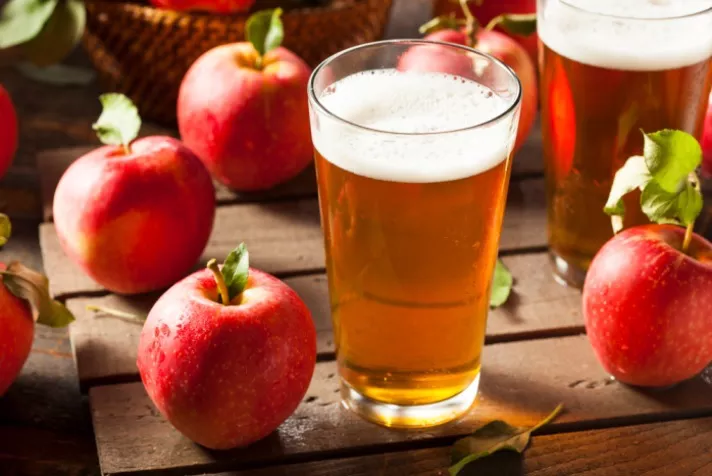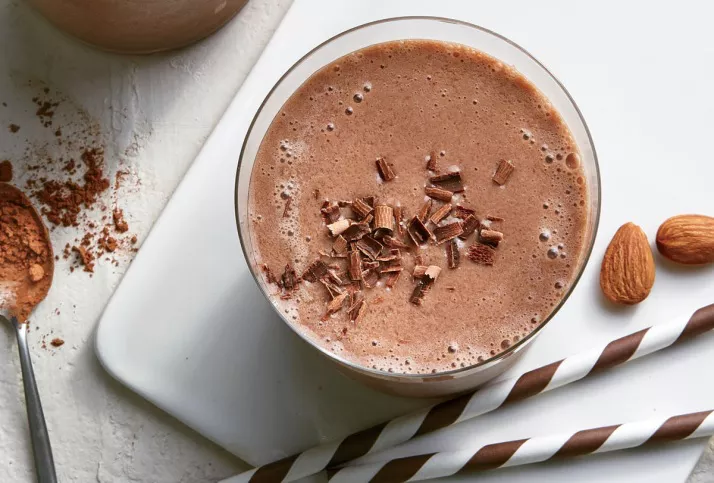Apple cider, a classic beverage with a rich history, is cherished for its sweet and crisp taste. But have you ever wondered what happens when apple cider undergoes fermentation? In this article, we will delve into the fascinating world of fermented apple cider, exploring its origins, the science behind the transformation, and the diverse products that arise from this natural process.
1.The Basics of Apple Cider
1.1 The Creation of Apple Cider
Apple cider is made by pressing fresh apples to extract their juice. The juice is often pasteurized to kill any harmful microorganisms, ensuring safety and extending shelf life. This unfermented apple juice can be consumed as-is or further processed into various apple-based products.
1.2 Varieties of Apple Cider
Apple cider can vary in sweetness, flavor, and color depending on the apple varieties used. Varieties like Gala, Fuji, or Honeycrisp are known for their sweetness, while Granny Smith apples offer a tart, crisp taste. These different apple types give rise to a spectrum of cider flavors, from sweet and balanced to sharp and refreshing.
2. The Science of Fermentation
2.1 What Is Fermentation?
Fermentation is a natural metabolic process where microorganisms, such as yeast or bacteria, convert sugars into alcohol, acids, or gases. In the case of apple cider, the primary goal is to convert the natural sugars in apple juice into alcohol.
2.2 Yeast in Action
The key players in apple cider fermentation are yeast, primarily Saccharomyces cerevisiae. These microorganisms consume the sugars in the juice and produce alcohol and carbon dioxide as byproducts. This process is what transforms apple juice into hard cider.
2.3 The Role of Bacteria
While yeast is the primary fermenter, certain bacteria can also be involved in the process. Acetobacter, for example, can convert alcohol into acetic acid, leading to the creation of apple cider vinegar.
3. The Transformation into Hard Cider
3.1 The Fermentation Process
To transform apple cider into hard cider, fresh apple juice is placed in a fermentation vessel, and yeast is introduced. The yeast consumes the sugars in the juice, producing ethanol (alcohol) and carbon dioxide. This process can take several weeks to complete.
3.2 Alcohol Content
The alcohol content of hard cider can vary depending on the fermentation process, the initial sugar content of the juice, and the yeast strain used. Most commercial ciders have an alcohol content of around 5-7%.
3.3 Flavors and Varieties
The flavor profile of hard cider can be influenced by the choice of apple varieties, the yeast used, and any additional ingredients like spices or fruit additives. This diversity has led to a wide range of hard cider varieties, from sweet and fruity to dry and complex.
4. Apple Cider Vinegar – A Fermented Delicacy
4.1 The Transformation into Vinegar
Apple cider can undergo a second fermentation process to become apple cider vinegar. Acetobacter bacteria are introduced to convert the alcohol into acetic acid. This results in the characteristic tangy flavor of vinegar.
4.2 Health Benefits
Apple cider vinegar is renowned for its potential health benefits. It’s believed to aid digestion, regulate blood sugar, and offer antimicrobial properties. Many people incorporate it into their daily routines for its perceived wellness advantages.
4.3 Culinary Uses
Beyond its potential health benefits, apple cider vinegar is a versatile ingredient in cooking and salad dressings. Its acidic tang can enhance flavors and add a pleasant bite to a wide range of dishes.
5. The Diverse World of Fermented Apple Products
5.1 Apple Cider
Unfermented apple cider is celebrated for its sweet and refreshing taste. It’s a popular beverage, particularly during the fall months when fresh apples are in abundance.
5.2 Hard Cider
Hard cider, also known as alcoholic cider, offers a broad range of flavors and styles. It has gained popularity in recent years, with craft cideries producing innovative and unique blends.
5.3 Apple Cider Vinegar
Apple cider vinegar is a staple in many households, valued for its versatility in cooking, as a condiment, and for its potential health benefits. It’s available in a variety of forms, including raw, unfiltered versions with the “mother.”
5.4 Cider Brandies
Cider brandies are distilled spirits made from fermented apple juice. They are aged in barrels, developing rich, complex flavors reminiscent of apples and oak.
Conclusion
Fermented apple cider is a testament to the harmonious fusion of science and tradition. From the sweet and refreshing apple cider to the complex and intriguing flavors of hard cider and apple cider vinegar, these products offer a diverse array of tastes and potential health benefits. The world of fermented apple products continues to evolve, with craft cideries and orchards exploring new techniques and flavors, promising a bright and flavorful future for this timeless beverage.

























